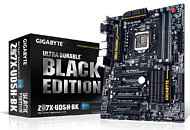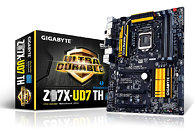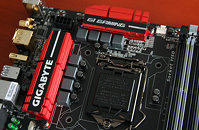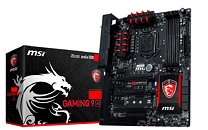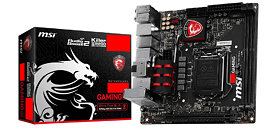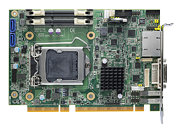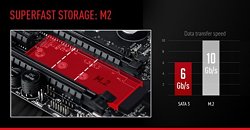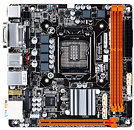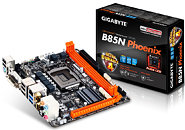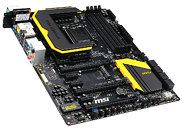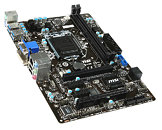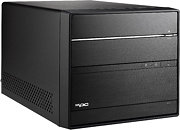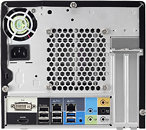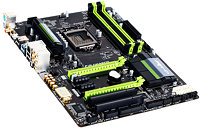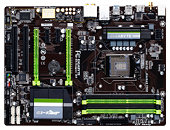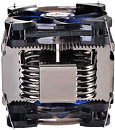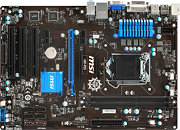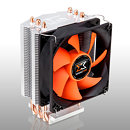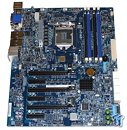
Gigabyte Shows Off A Trio of Z97 Motherboards
With less than three weeks to go until the official launch of the 9 Series chipsets, Gigabyte has decided to share a few pictures depicting three of its boards powered by the Z97. Seen below are the Z97X-UD5H BK (Black Edition), the Z97X-UD7 TH and the overclocking-ready Z97X-SOC Force which feature support for Haswell Refresh and older LGA1150 processors.
All three boards have an Ultra Durable design, they are SLI and CrossFire capable (the UD5 and UD7 provide three PCI-Express x16 slots while the SOC model offers four such slots), and include four DDR3 memory slots, one SATA Express connector, two (Z97X-SOC) or four (Z97X-UD5H, Z97X-UD7) SATA 6.0 Gbps ports, 7.1 channel audio and Gigabit Ethernet (the UD7 TH and SOC Force pack a Killer E2200 NIC).
All three boards have an Ultra Durable design, they are SLI and CrossFire capable (the UD5 and UD7 provide three PCI-Express x16 slots while the SOC model offers four such slots), and include four DDR3 memory slots, one SATA Express connector, two (Z97X-SOC) or four (Z97X-UD5H, Z97X-UD7) SATA 6.0 Gbps ports, 7.1 channel audio and Gigabit Ethernet (the UD7 TH and SOC Force pack a Killer E2200 NIC).
